FERNANDO BOTERO (b. 1932)

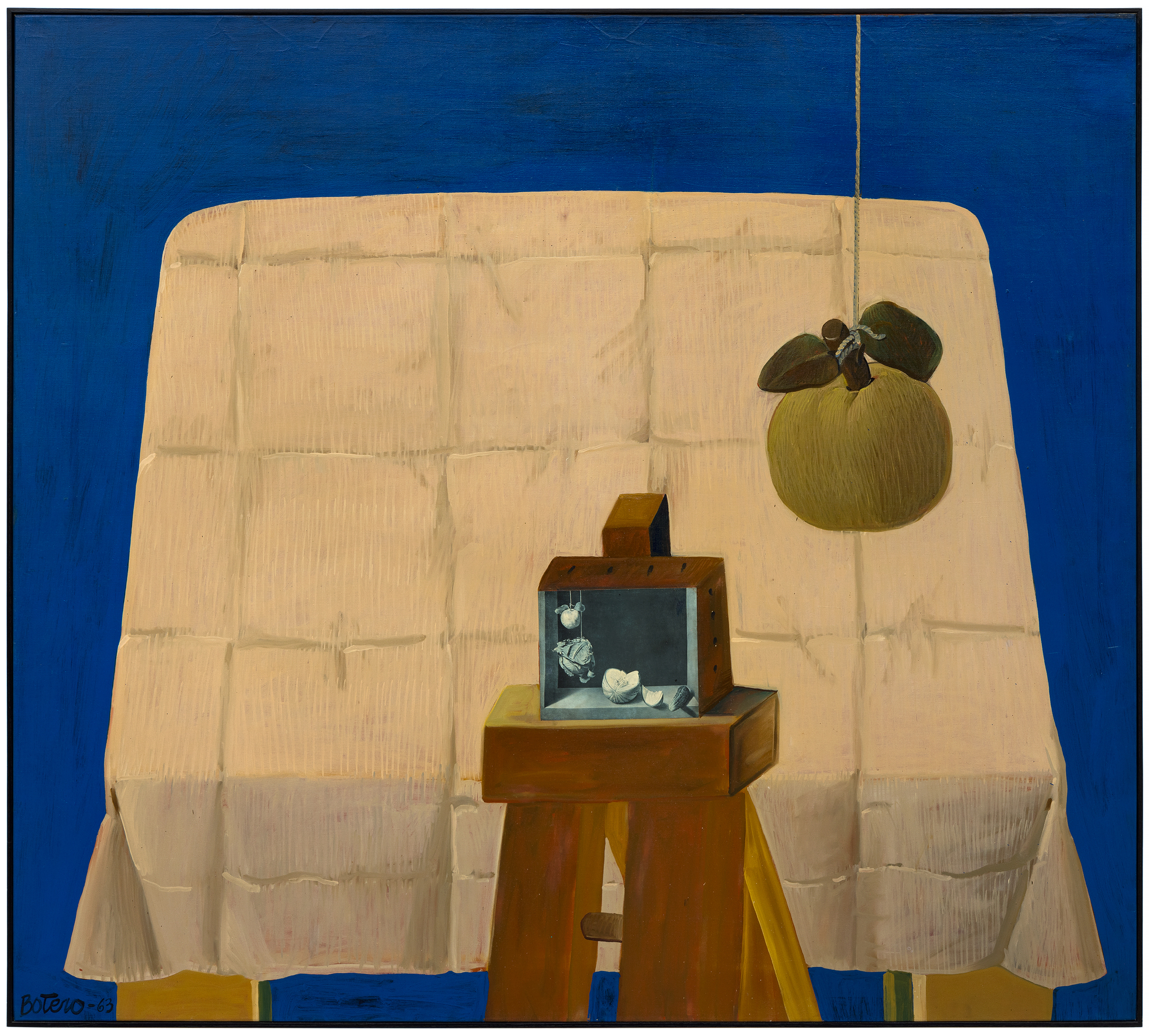
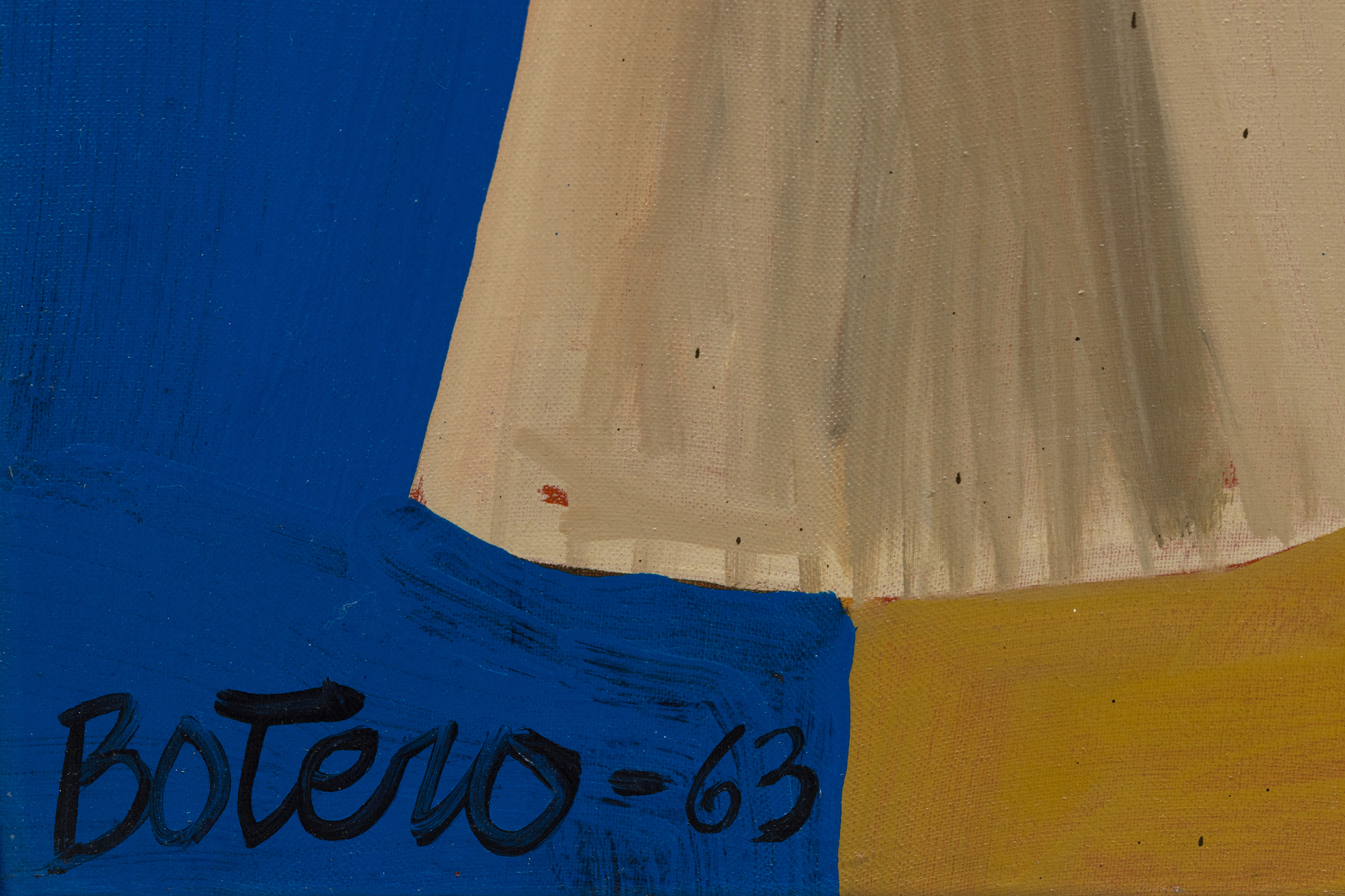
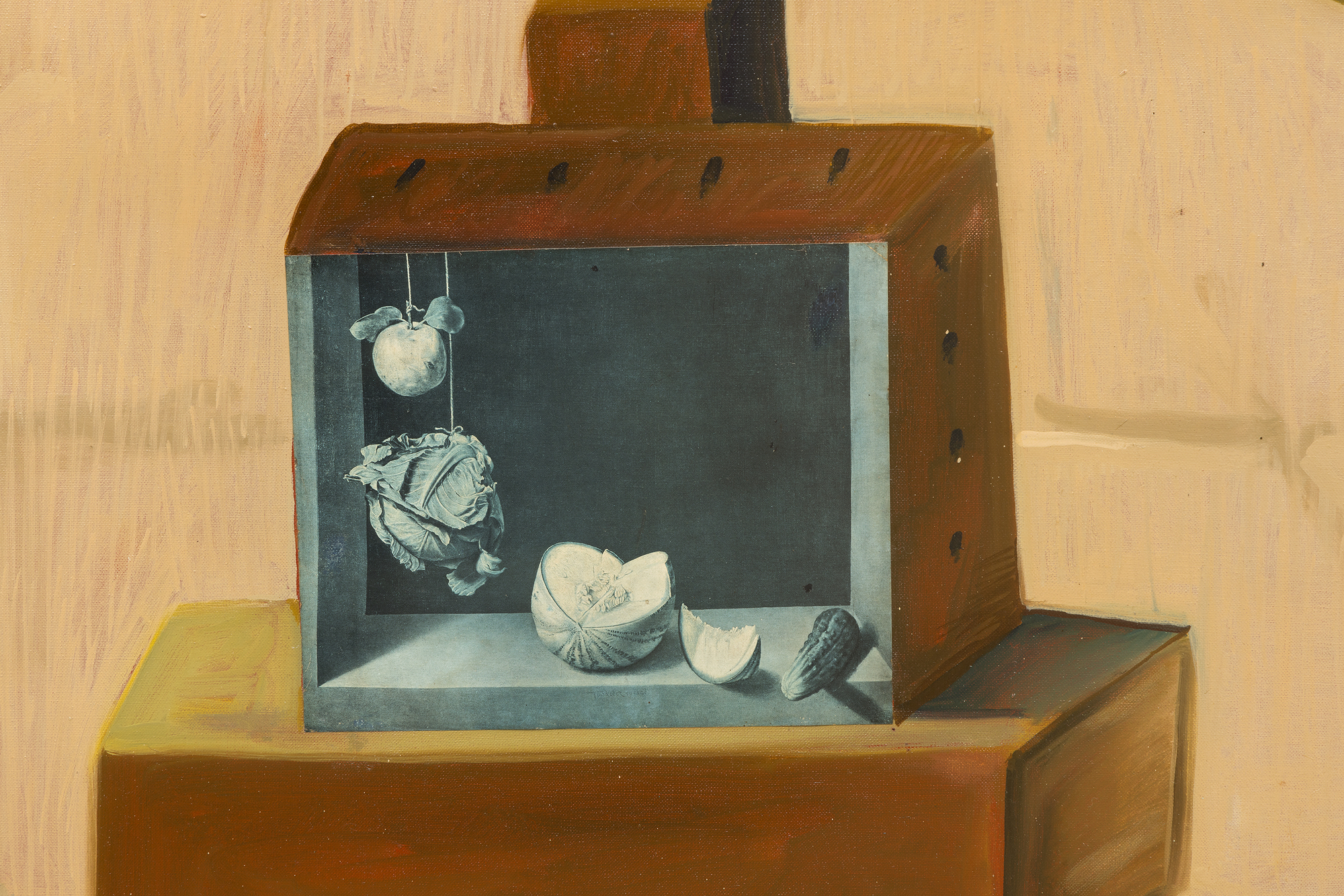

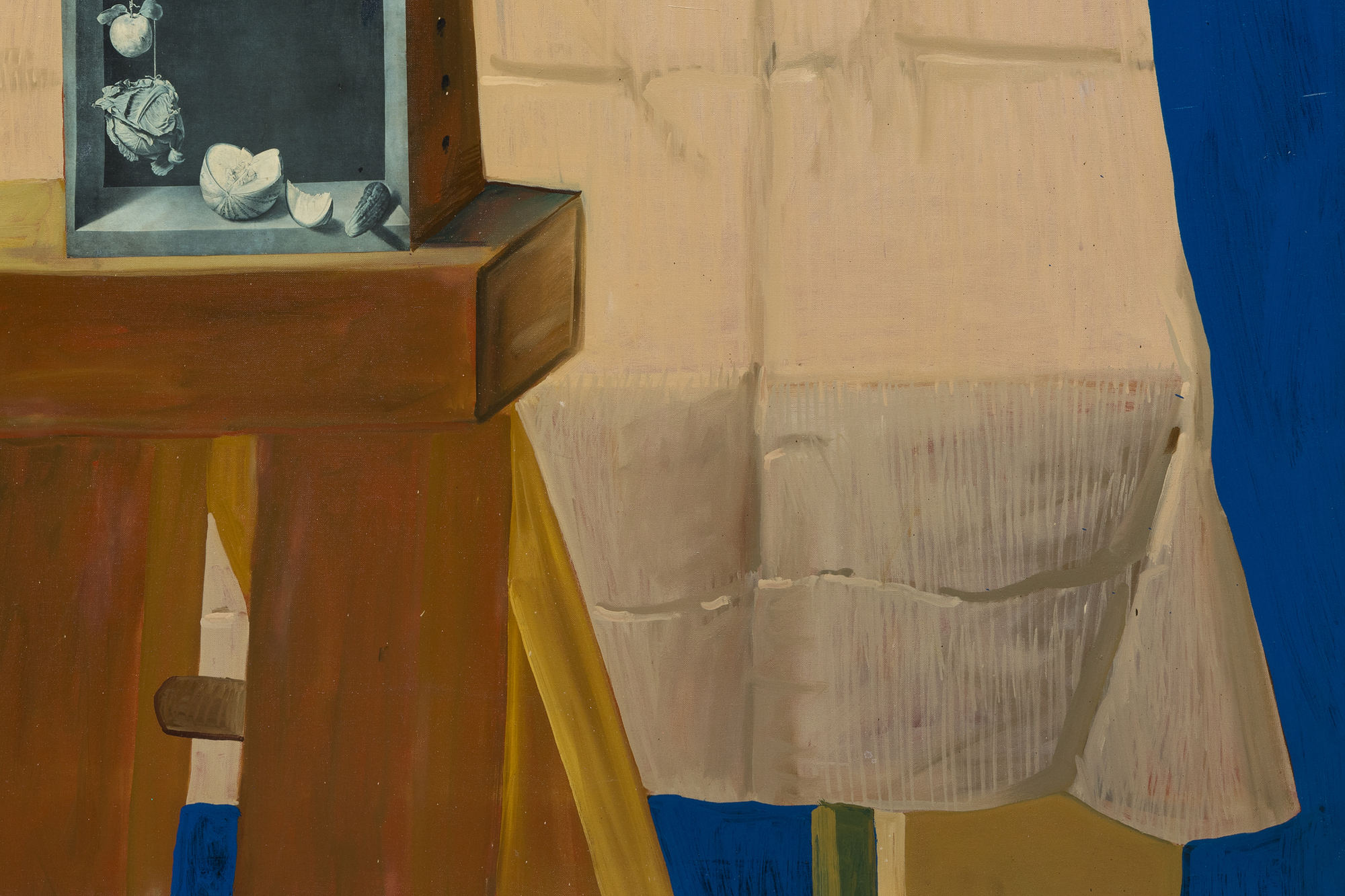
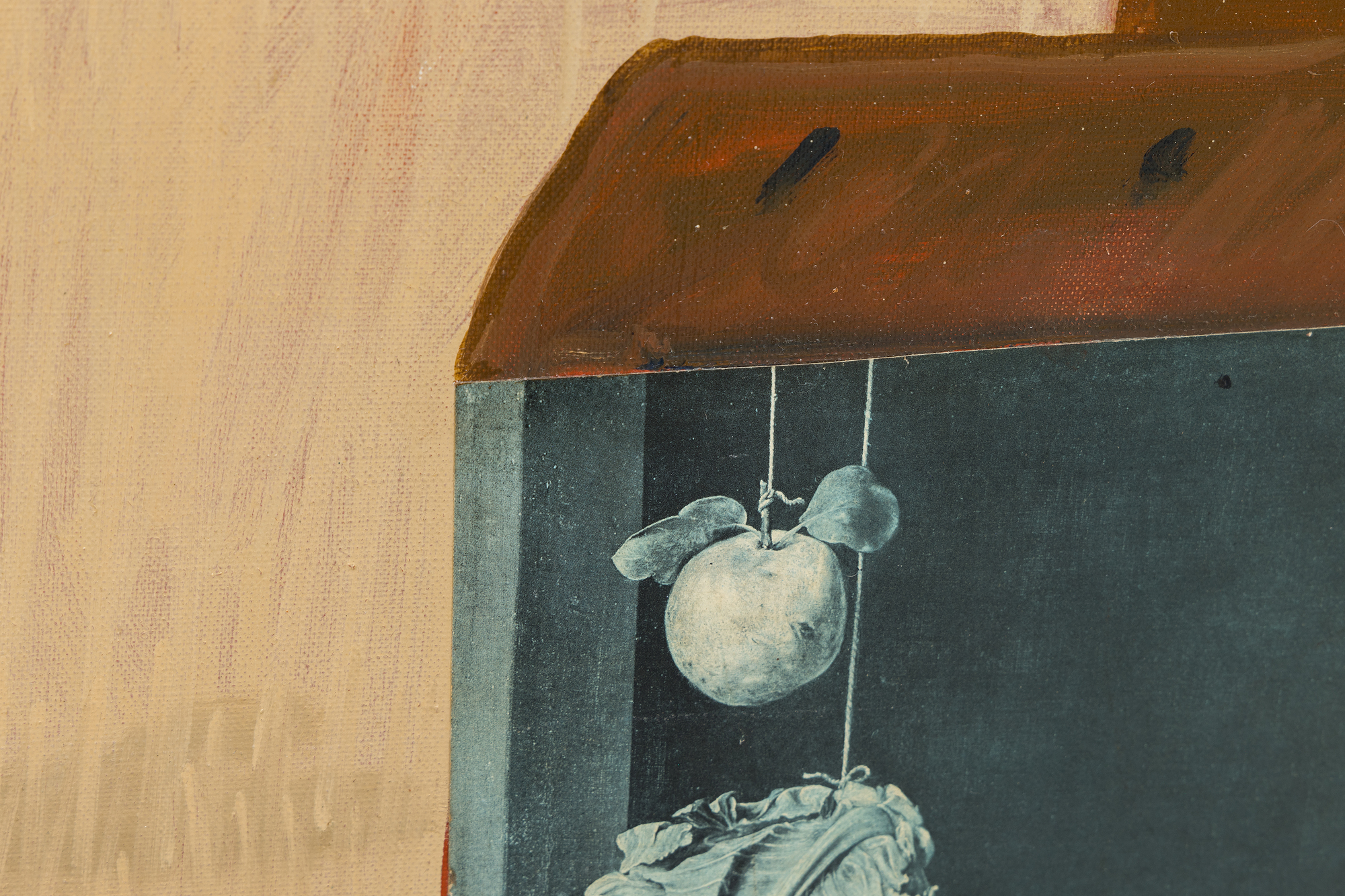
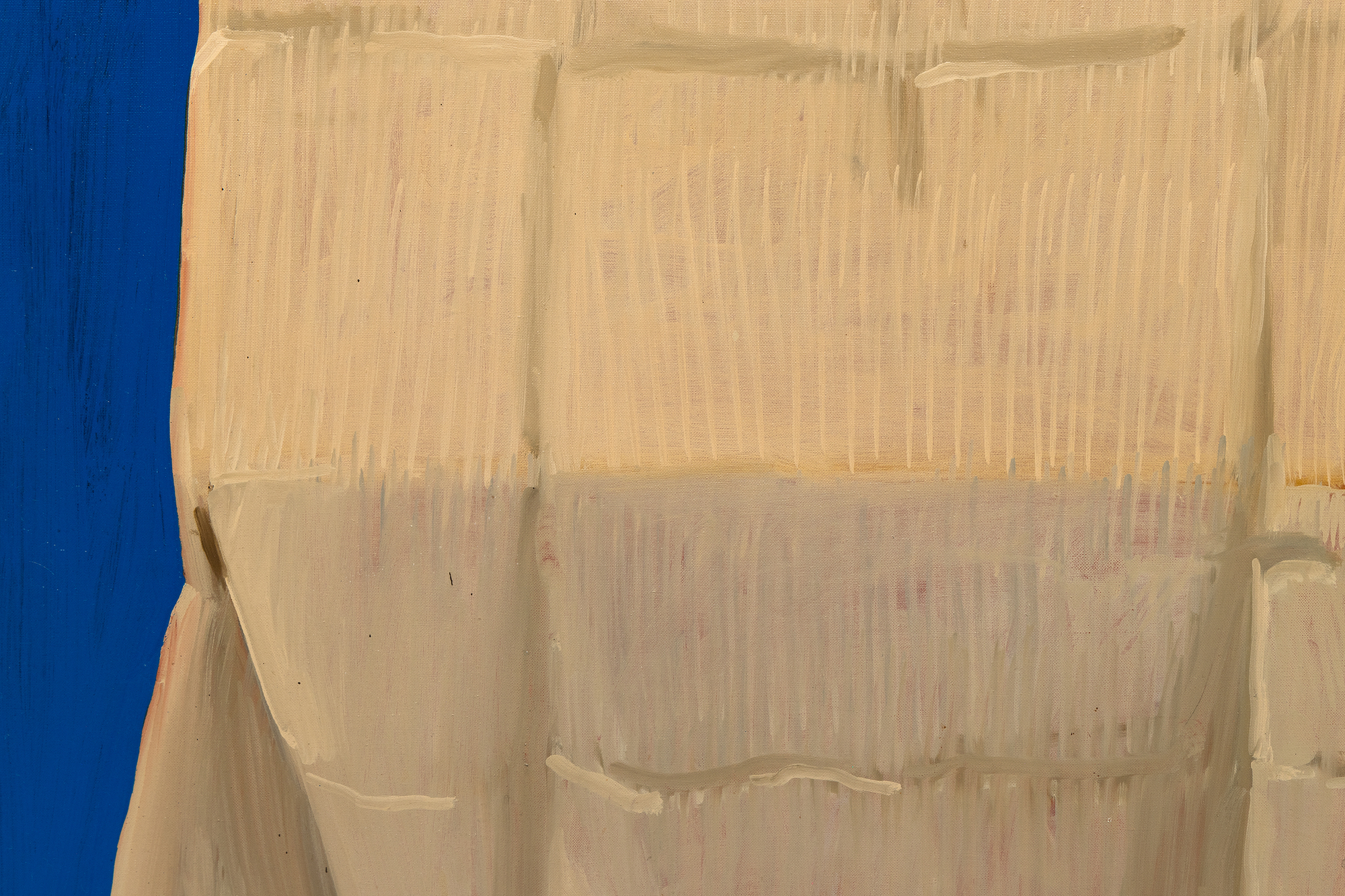
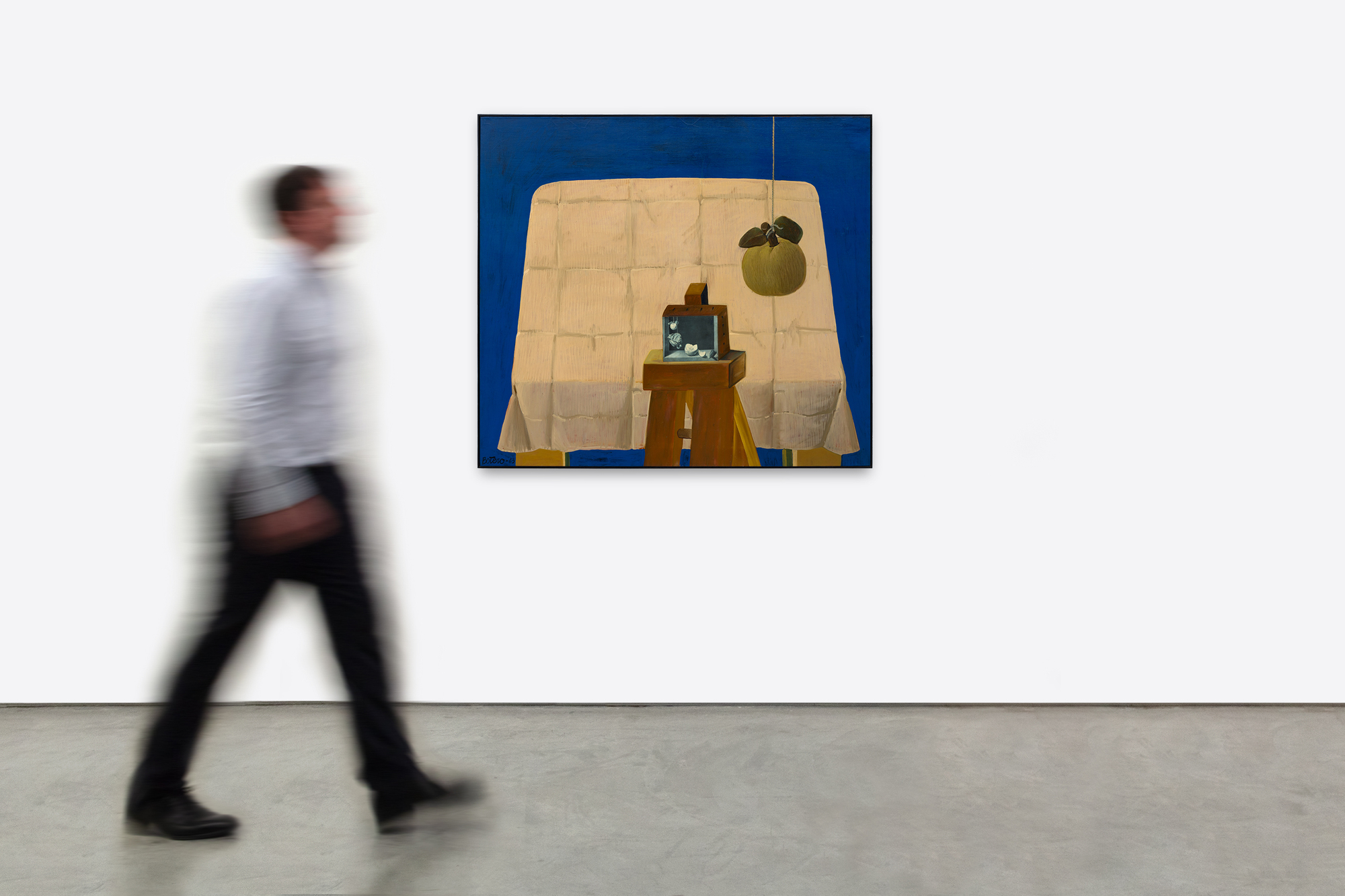

Provenance
Gift from the artist to Marta Traba, BogotáThe Collection of Gloria Zea, Bogotá
Sale: Sotheby's, New York, Latin American Art, May 16, 1989, lot 11
Private Collection, Panama.
Sale: Sotheby's, New York, Latin American Art, May 29, 2013, lot 149
Private Collection, Miami.
Acquired from the above by the present owner
Sale: Christie's, New York, Latin American Art, March 11, 2022, Lot 44
Private Collection
Literature
Christian Padilla, Fernando Botero La búsqueda del estilo: 1949 -1963, Bogotá, Colo...More...mbia, 2012, p. 176 (illustrated in color)...LESS... Price650,000
Fernando Botero's death on September 15, 2023, was a significant loss for the art world. Although his roots are deeply Colombian, his appeal is global, coupling commercial success with critical acclaim—a balance few artists have achieved. Works such as “L'Atelier de Sánchez Cotán” are not just whimsical or aesthetic; they prompt the viewer to appreciate the enduring dialogue between tradition and innovation, showcasing an artist of great technical finesse and mastery.


